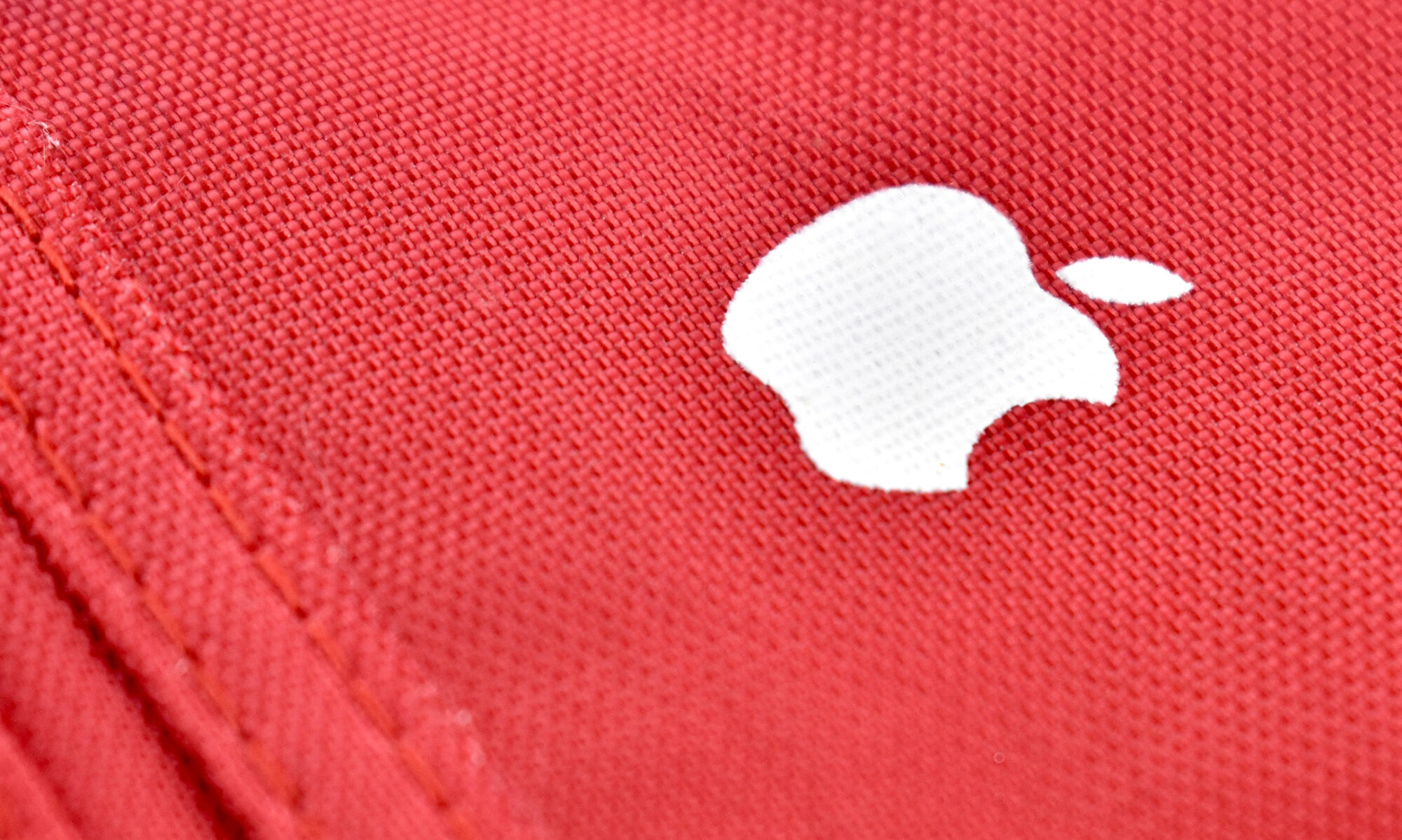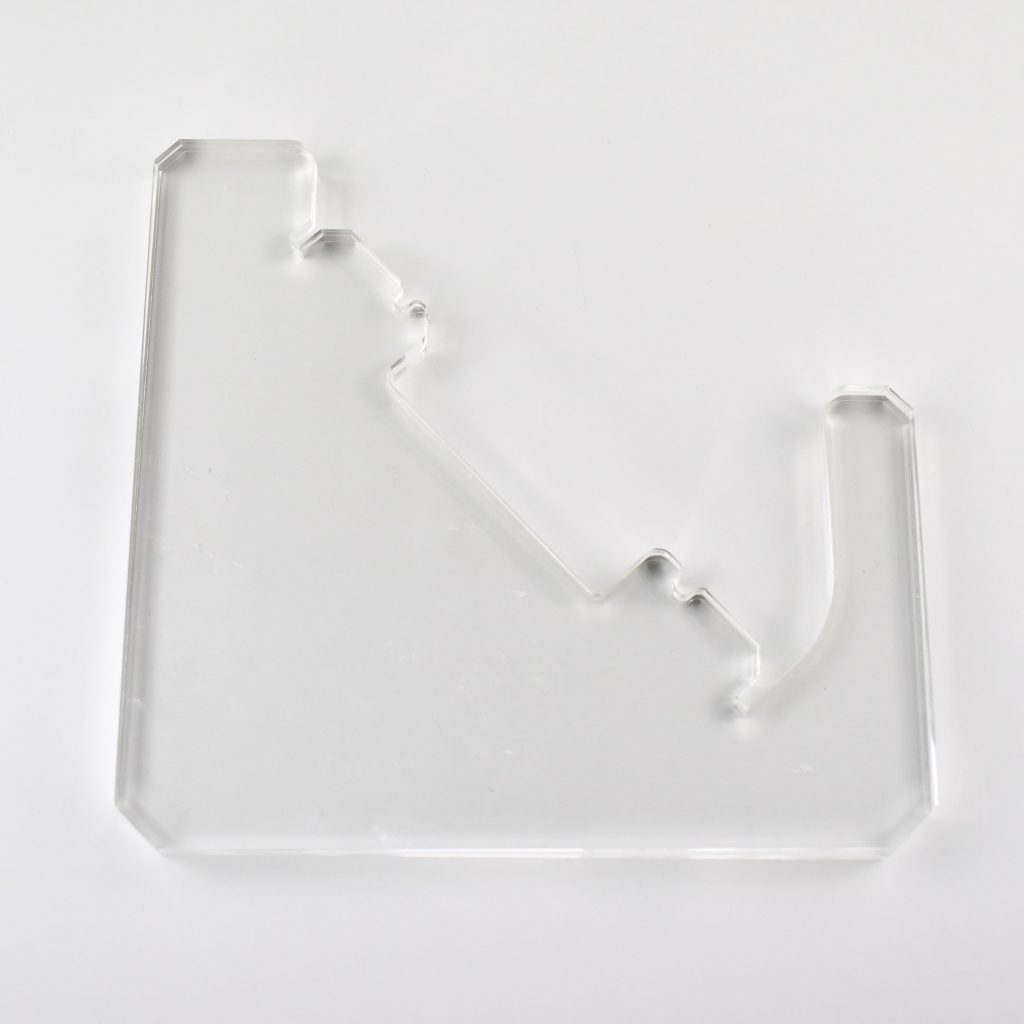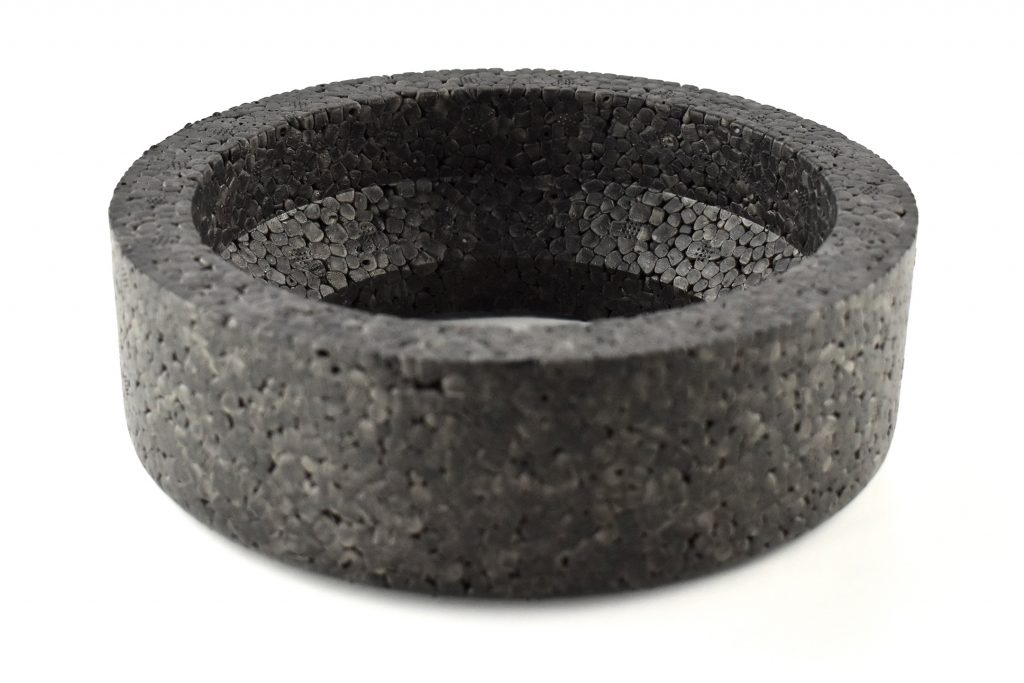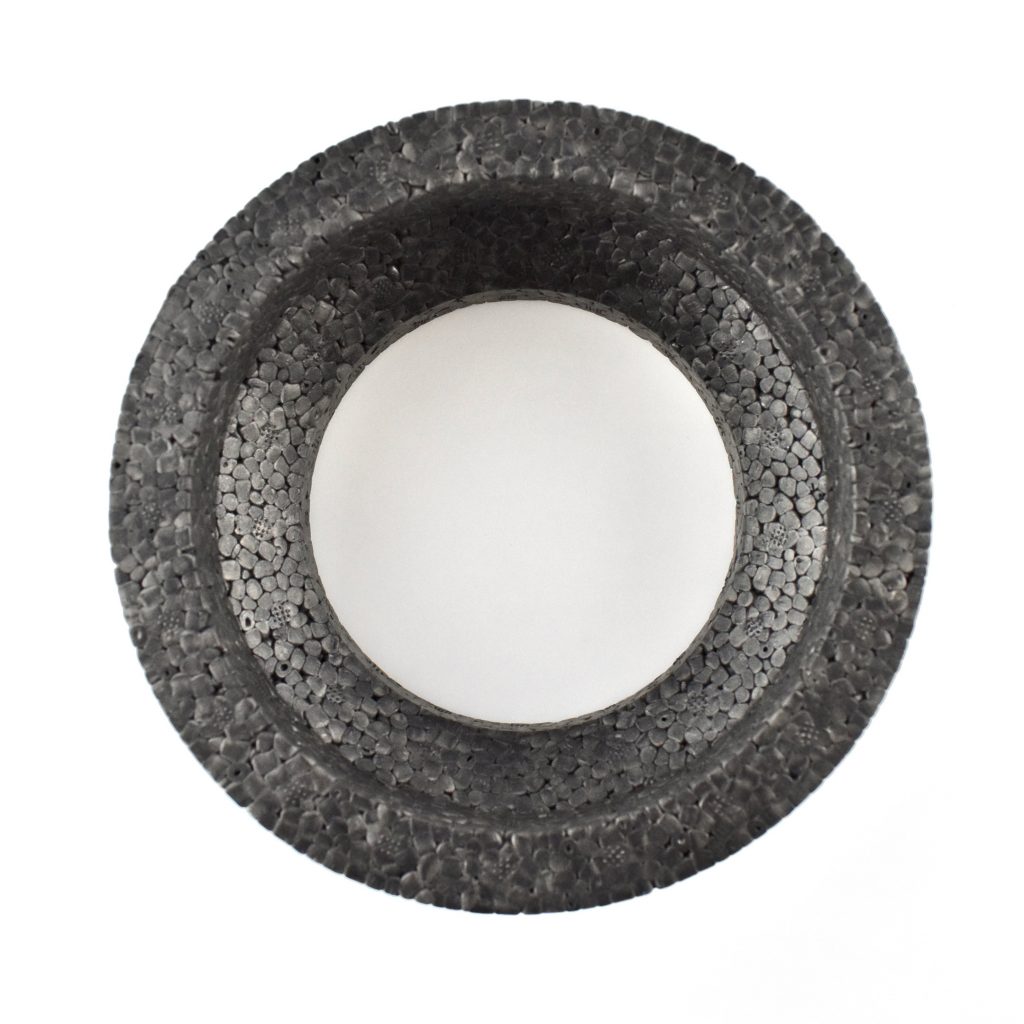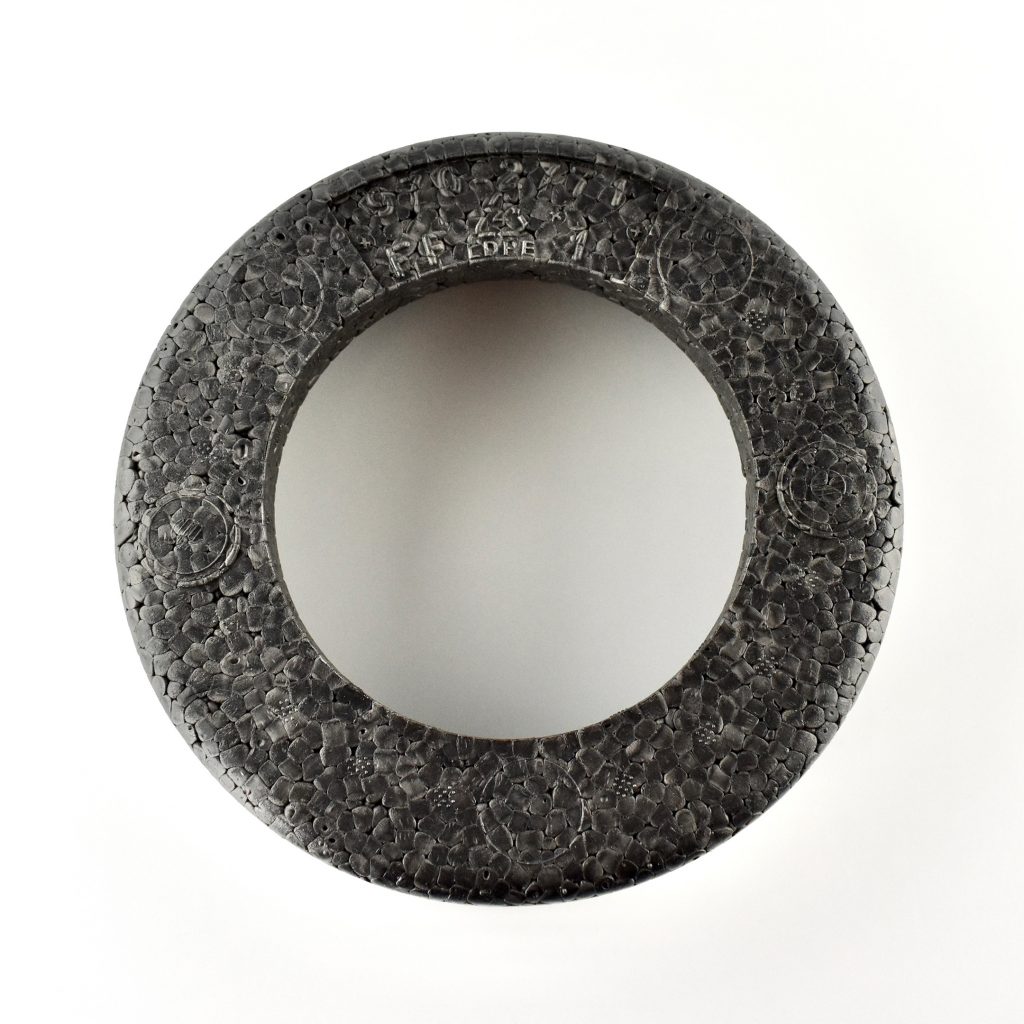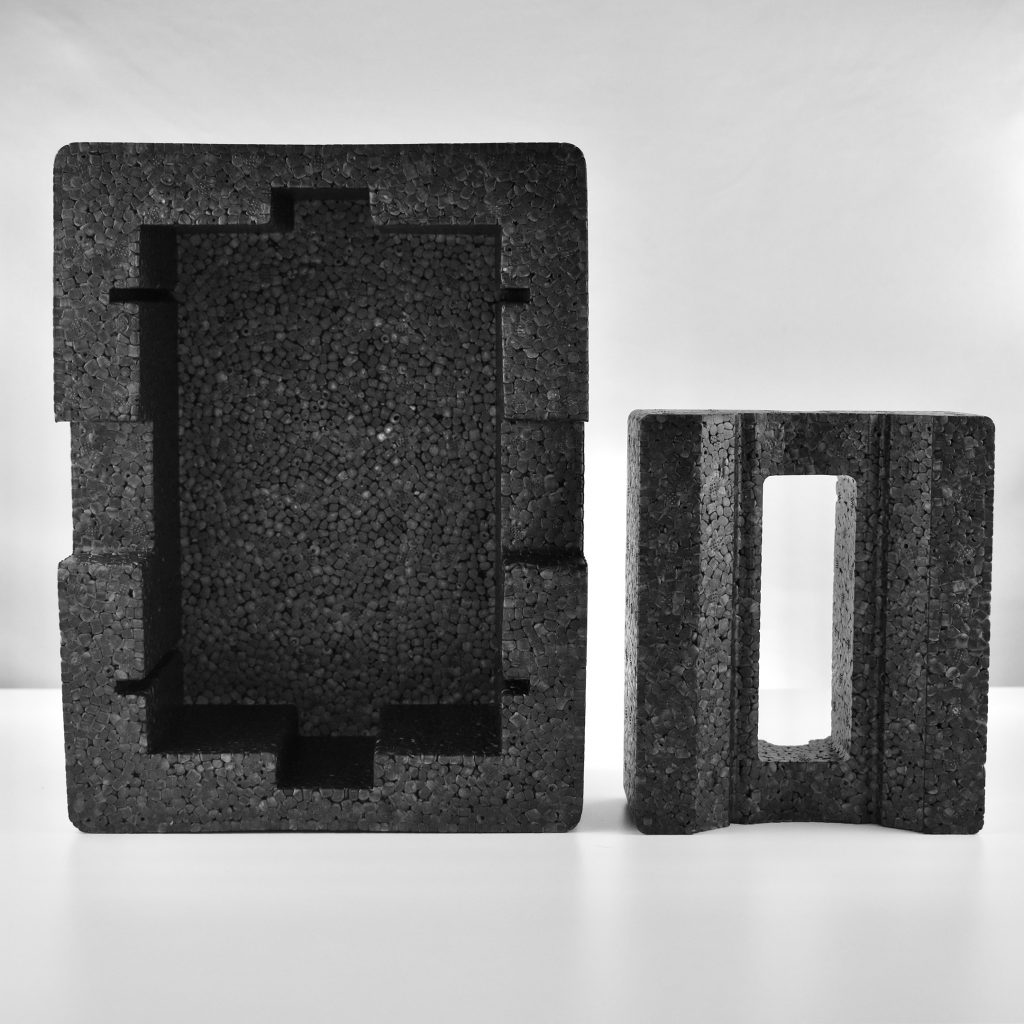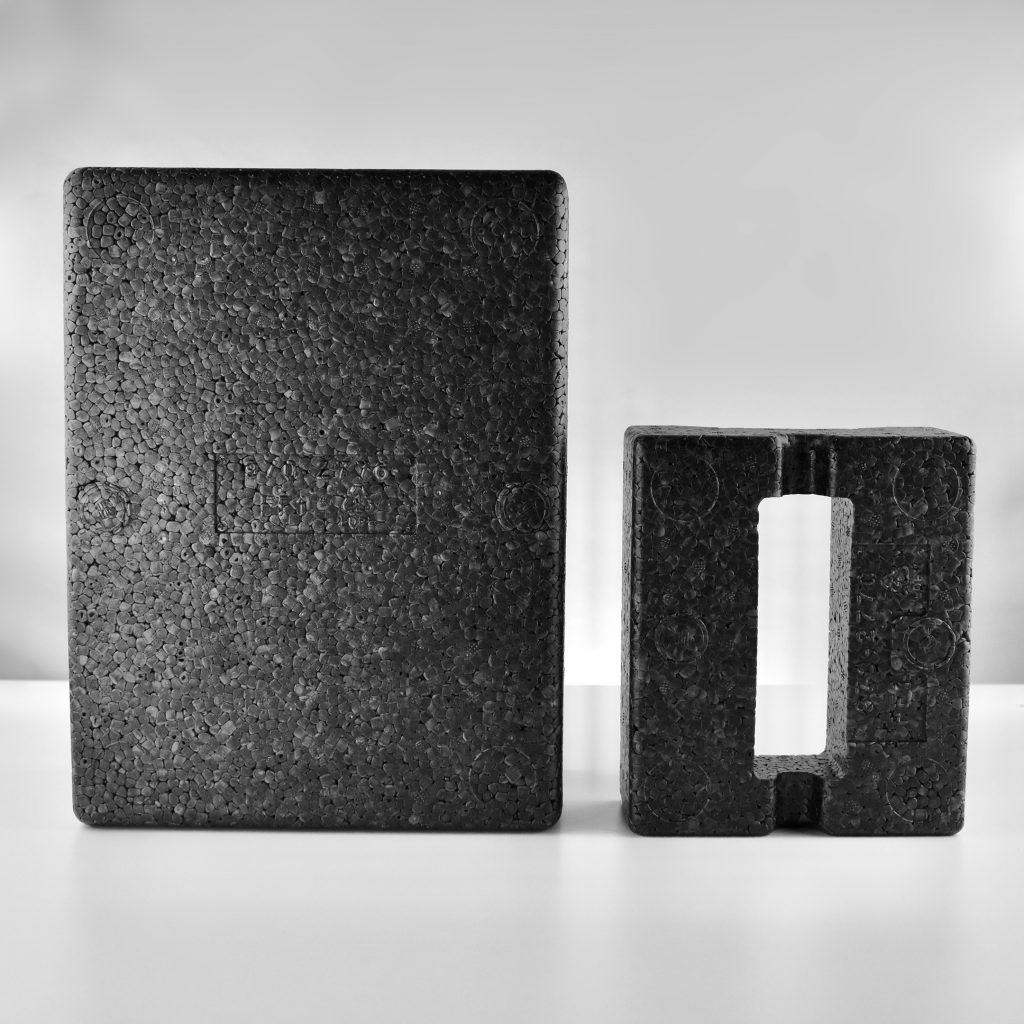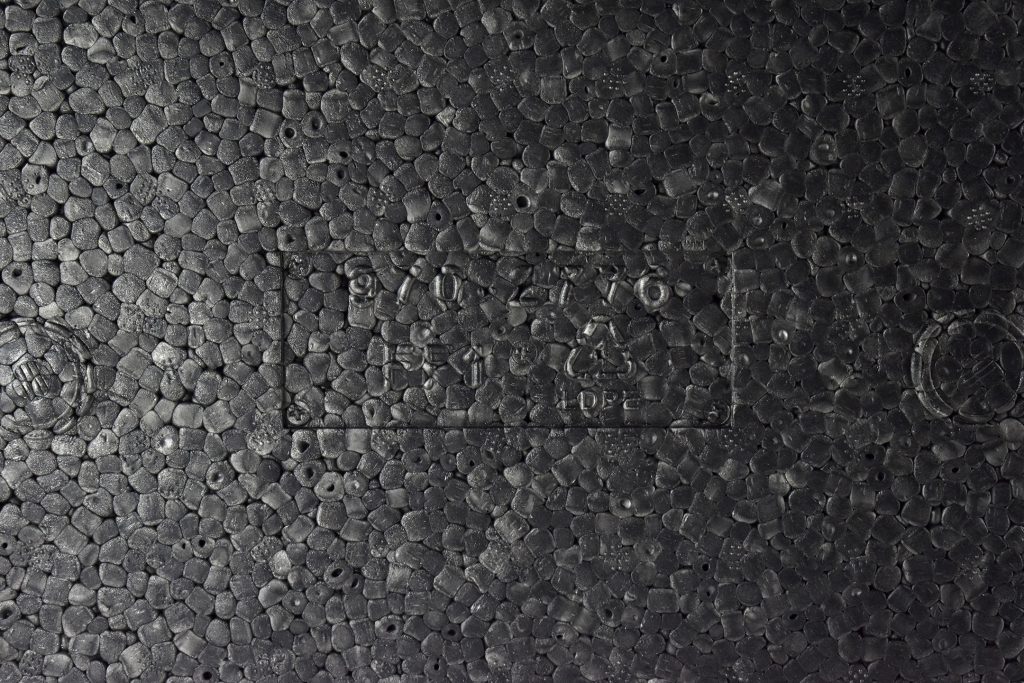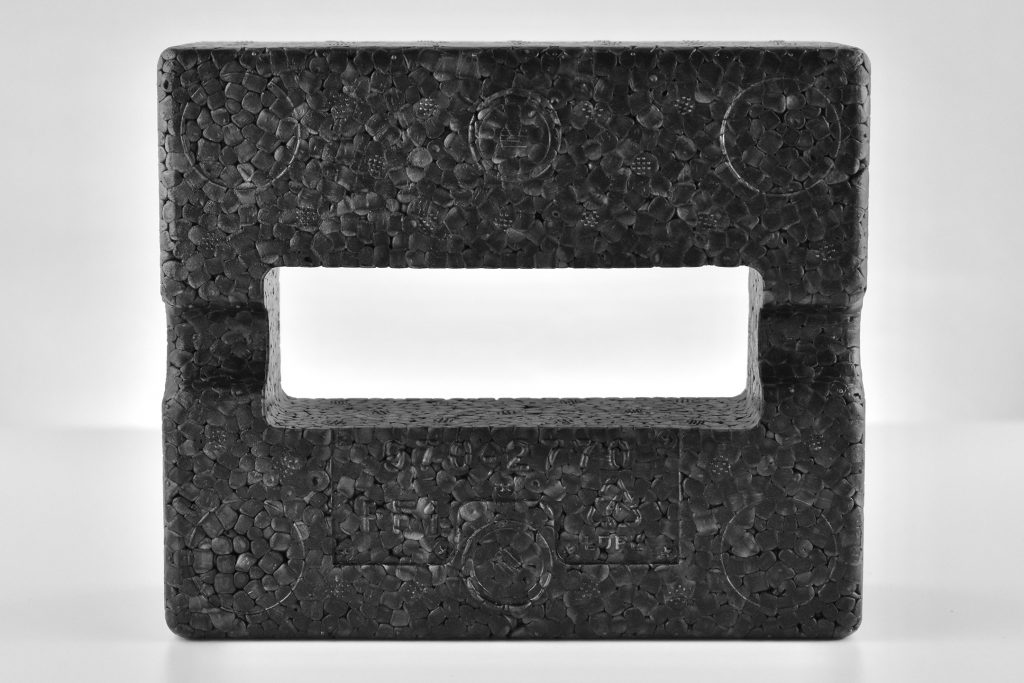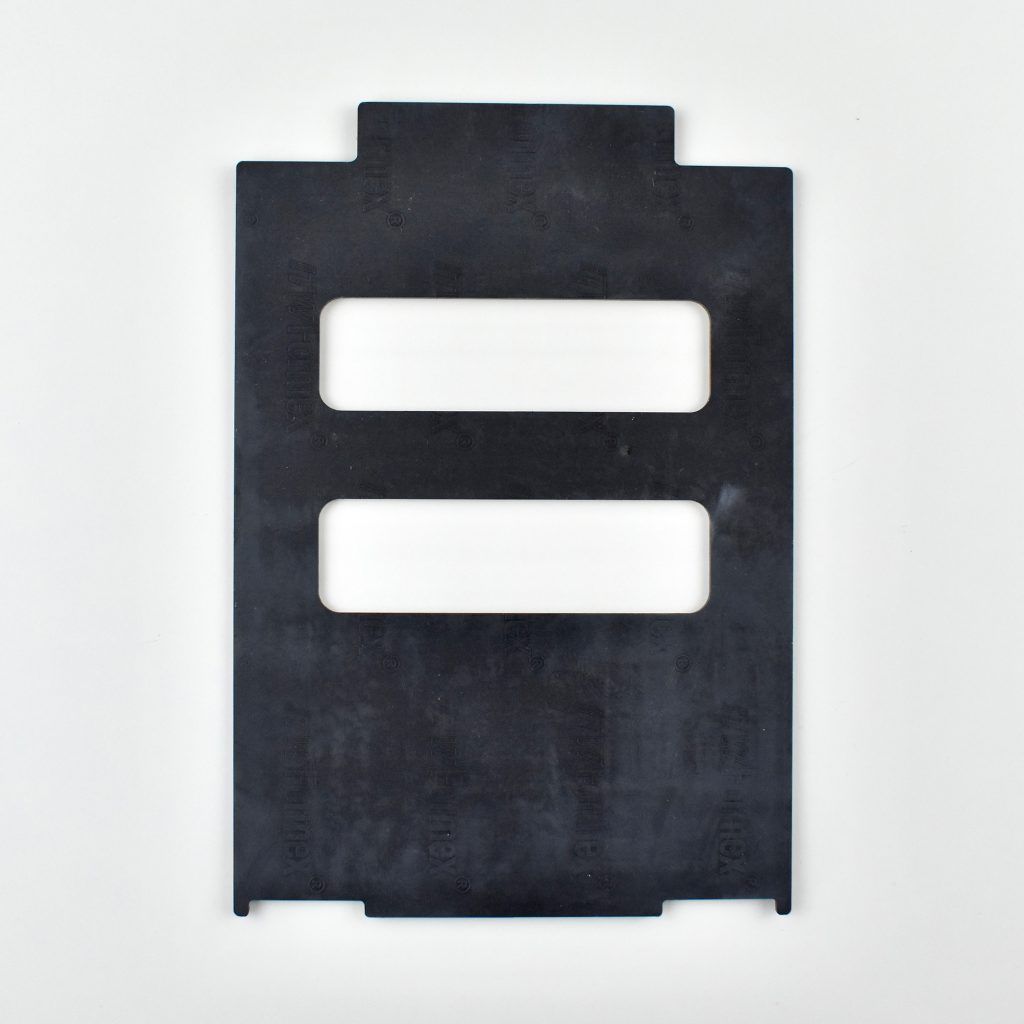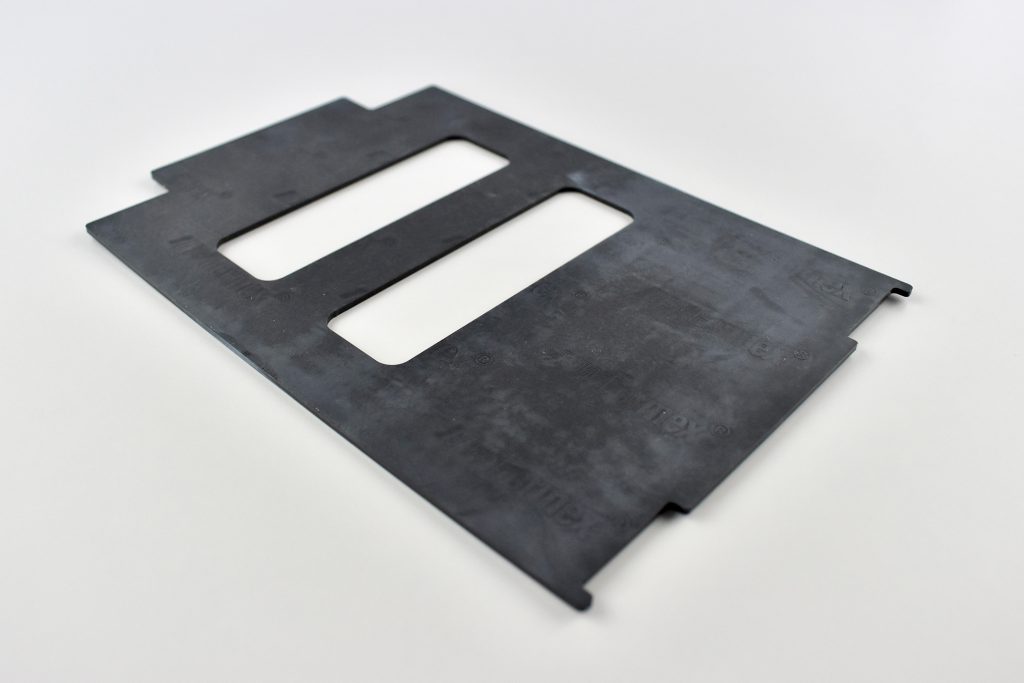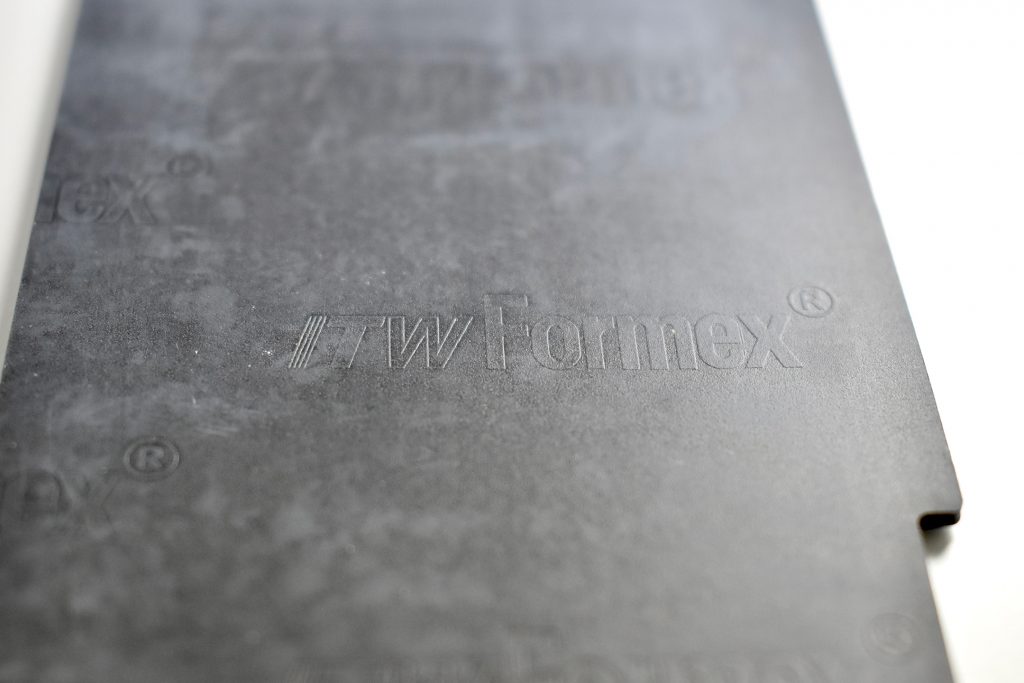This set of “Special Tools and Fixtures” are Apple repair components custom-designed to fix the Mac Pro (Late 2013). The parts are named and described in an Apple repair document. According to the document, the parts are named:
- Core Cradle (made from a large block of black foam)
- Core End Caps (2 identical parts made from clear acrylic)
- CPU Riser Cover (made from ITW Formex)
- Roof Alignment Fixture (made from a ring of black foam)
- I/O Wall Stand (made from a small block of black foam)
- Foam block (a small square block of black foam)
The parts are used in the following ways:
The two Core End Caps are inserted into the Core Cradle to support the Mac Pro core assembly, the triangular core of the computer. For some repairs, the Core Cradle is used without the Core End Caps.
The CPU Riser Cover is used as a protective spacer when performing certain repairs (e.g., installation of the I/O and power supply assembly).
The guide specifies that the Roof Alignment Fixture is necessary when servicing the logic board, inlet, and the roof of the Mac Pro core.
When the outer case is removed, Apple recommends laying computer on its side while removing and inserting DIMMs. Using the I/O Wall Stand keeps the inside of the Mac Pro from rocking.
The Foam Block is used when tilting the core assembly into the exhaust assembly or removing other parts of the core assembly (e.g., I/O and power supply assembly) to allow the parts to rest and preventing strain on cables.
Coincidentally, the company that made the Formex material of the CPU Riser Cover is ITW, Illinois Tool Works, based in Glenview, Illinois—a Chicago suburb close to where I live.
Source: Apple
